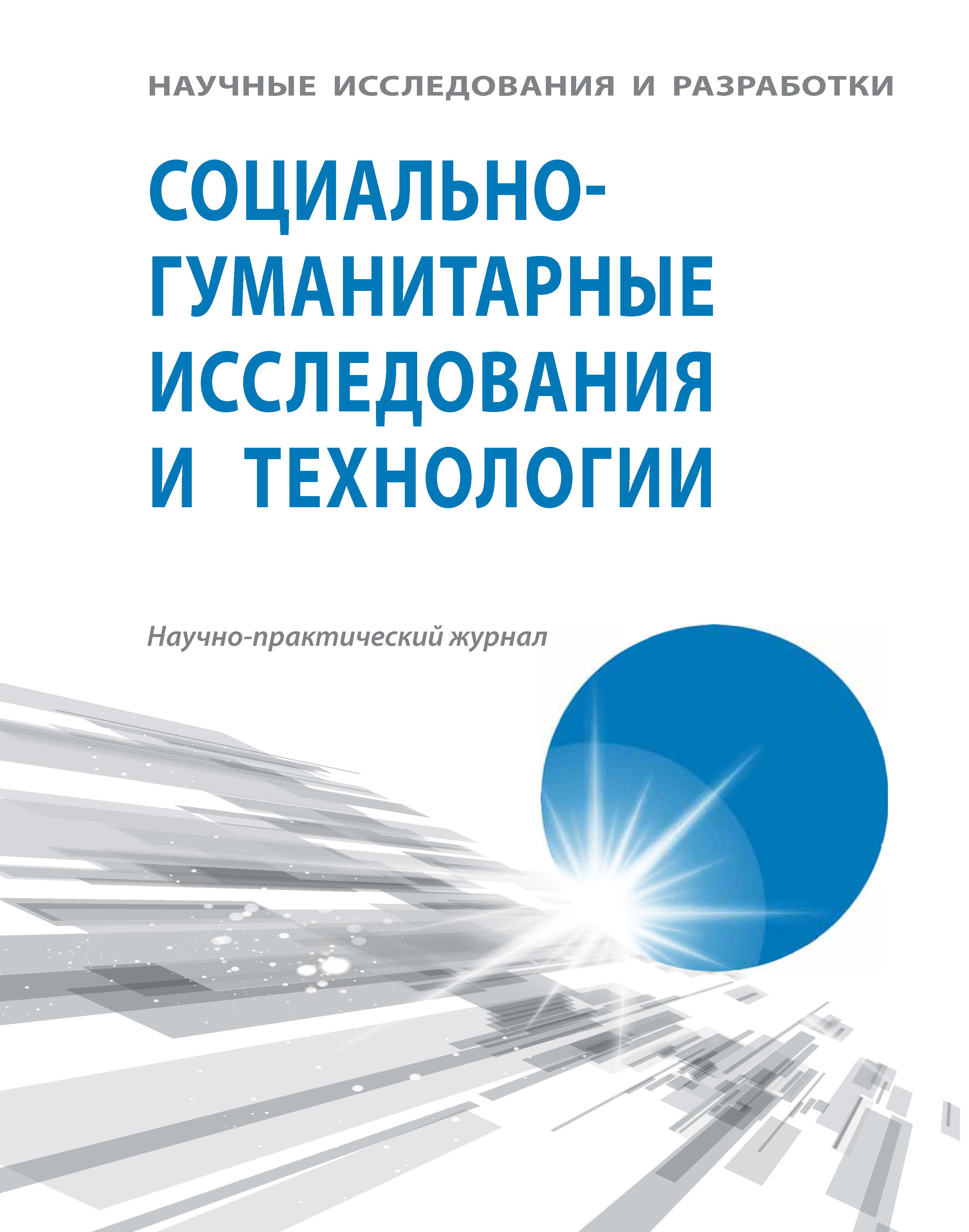from 01.01.1992 to 01.01.2025
Glazov, Izhevsk, Russian Federation
The development of didactics requires improvement of the mathematical and computer modeling methods of the didactic systems. The article studies the processes of assimilation and forgetting of the meaningful information and builds a simulation model of training at school. In the work are used the system approach, and also methods of the qualitative, mathematical and computer modeling by imitation of the stochastic processes and the numerical solution of the differential equations system. The pupil’s meaningful knowledge is considered as set of a large number of the information blocks consisting of the sequences of the learning material elements (LME) which can be two types: used and not used in follow-up activity of the pupil. The model considers the decrease in the forgetting speed with the increasing number of requests for each LME. The graphs of the pupil’s knowledge dependence from time in case of various lessons duration are received. It is visible that after the end of training the amount of the pupil’s meaningful knowledge at first remains almost constant, and then decreases under the logistic law. It is created the simulation model of training at 11-year school which considers division of knowledge into three categories: 1) the strong knowledge which the pupils uses often; 2) knowledge of theories, the ideas, reasoning which are well associated with the existing concepts in the pupil’s consciousness, but not used in practice; 3) seldom used knowledge of the separate facts badly associated with already existing pupil’s knowledge. The offered approach allowed to explain and model the regularities of the meaningful information forgetting. After the end of training not used LME are quickly forgotten, and the pupil can't reproduce all studied ideas any more although he remembers some LME which are commonly used in life. The created three-component model of training at school takes into account distribution of educational information on classes and plotted various types of the pupil’s knowledge from time.
didactics, forgetting, training, computer modeling, learning material.
Введение
Повышение эффективности процесса обучения требует не только совершенствования содержания и методики изучения отдельных предметов, но и разработки теоретических основ дидактики с привлечением как гуманитарных (психология), так и точных наук (математика, кибернетика) [1; 8]. В настоящее время получил распространение информационно-кибернетический подход к анализу учебного процесса, основанный на рассмотрении системы «учитель — ученик» с точки зрения теории управления и предполагающий испоьзование метода имитационного моделирования.
1. Atanov G.A., Pustynnikova I.N. Obuchenie i iskusstvennyy intellekt, ili Osnovy sovremennoy didaktiki vysshey shkoly [Training and artificial intelligence, or the foundations of modern didactics of higher education]. Donetsk, DOU Publ., 2002. 504 p.
2. Atkinson R. Vvedenie v matematicheskuyu teoriyu obucheniya [Introduction to the mathematical theory of learning]. Moscow, Mir Publ., 1969. 486 p.
3. Borisov N.A. Organizatsiya protsessa obucheniya na osnove nechetkoy modeli znaniy studenta [Organization of the learning process on the basis of the fuzzy model of the student's knowledge]. Vestnik Nizhegorodskogo Universiteta im. N.I. Lobachevskogo [Bulletin of the Nizhny Novgorod University. N.I. Lobachevsky]. 2012, I. 5 (2), pp. 262-265. EDN: https://elibrary.ru/PZKQEJ
4. Bul' E.E. Obzor modeley studenta dlya komp'yuternykh sistem obucheniya [A review of student models for computer-based learning systems]. Educational Technology&Society [Educational Technology & Society]. 2003, I. 6(4), pp. 245-250.
5. Bush R., Mosteller F. Stokhasticheskie modeli obuchaemosti [Stochastic models of learning]. Fizmatgiz Publ., 1962. 484 p.
6. Zinchenko T.P. Pamyat' v eksperimental'noy i kognitivnoy psikhologii [Memory in experimental and cognitive psychology]. St. Petersburg, Piter Publ., 2002. 320 p.
7. Ivashkin Yu.A., Nazoykin E.A. Mul'tiagentnoe imitatsionnoe modelirovanie protsessa nakopleniya znaniy [Multiagent simulation simulation of the process of knowledge accumulation]. Programmnye produkty i sistemy [Software products and systems]. 2011, I. 1, pp. 47-52. EDN: https://elibrary.ru/OWJKOP
8. Kachestvo vysshego obrazovaniya [The quality of higher education]. Moscow, SGU Publ., 2012. 291 p.
9. Kudryavtsev V.B., Vashik K., Strogalov A.S., Aliseychik P.A., Peretrukhin V.V. Ob avtomatnom modelirovanii protsessa obucheniya [On automaton modeling of learning process]. Diskretnaya matematika [Discrete mathematics]. 1996, V. 8, I. 4, pp. 3-10.
10. Leont'ev L.P., Gokhman O.G. Problemy upravleniya uchebnym protsessom: matematicheskie modeli [Problems of management of educational process: mathematical models]. Riga, 1984. 239 p.
11. Mayer R.V. Kiberneticheskaya pedagogika: Imitatsionnoe modelirovanie protsessa obucheniya [Cybernetic pedagogy: Simulation modeling of the learning process]. Glazov: Glazov.gos. ped. in-t Publ., 2014. 141 p. EDN: https://elibrary.ru/RXQAIF
12. Petrov Yu.I. Nekotorye podkhody k modelirovaniyu obuchaemogo [Some approaches to modeling the trainee]. Informatsionnye tekhnologii i problemy matematicheskogo modelirovaniya slozhnykh system [Information technologies and problems of mathematical modeling of complex systems]. Irkutsk, IITM IrGUPS Publ., 2009, I. 7, pp. 176-185. EDN: https://elibrary.ru/WAHCYT
13. Plotinskiy Yu.M. Modeli sotsial'nykh protsessov [Models of social processes]. Moscow, Logos Publ., 2001. 296 p.
14. Sviridov A.P. Statisticheskaya teoriya obucheniya [Statistical theory of learning]. Moscow, RSGU Publ., 2009. 570 p.
15. Gibson D., Jakl P. Data challenges of leveraging a simulation to assess learning. West Lake Village, CA. 2013. Retrieved from http://www.curveshift.com/images/Gib son_Jakl_data_challenges.pdf
16. Shannon R. E. Systems simulation: the art and science. Prentice-Hall. 1975. 387 p.







